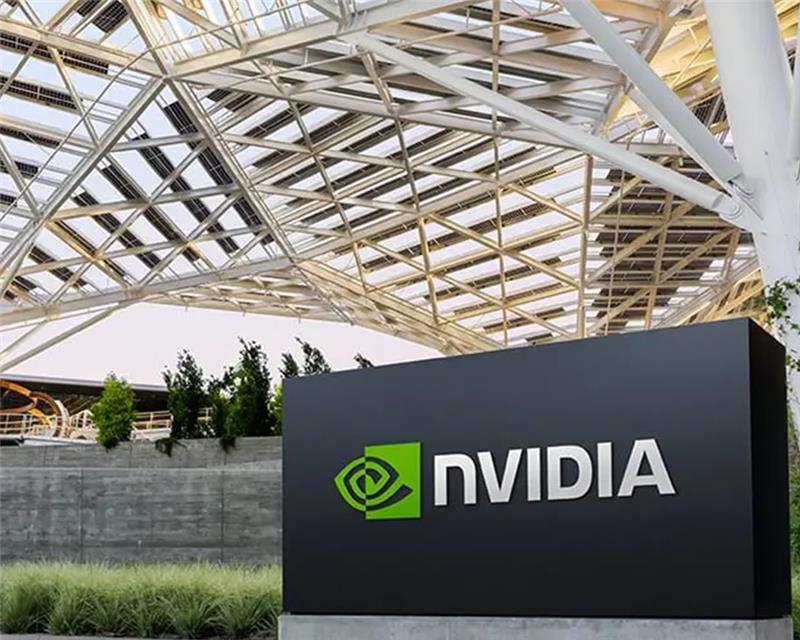January 10, 2025 By: JK Tech
The future is all about robots that are no longer bound to pre-programmed instructions but instead learn how to navigate the intricacies of real life, including walking through crowded warehouses, picking up fragile objects, and even predicting accidents before they occur. Nvidia is bringing this vision into reality with its groundbreaking AI model family, Cosmos, a revolutionary AI model that would teach robots how to navigate and engage the real world. Cosmos will use advanced simulations to introduce machines to learning from real-world scenarios, promising smarter robots for industries like manufacturing and autonomous vehicles. It is a bold leap toward the new era of intelligent automation.
Nvidia Introduces Cosmos AI for Robotics and Autonomous Systems
The latest AI innovation unveiled by Nvidia at CES in Las Vegas is Cosmos, a family of foundational models to train humanoid robots, industrial machines, and self-driving cars. While most language models focus on generating text, Cosmos is designed to create images and 3D simulations of real-world environments. This new technology enables robots to understand and interact better with the physical world, allowing them to do more complex tasks.
A New Era of AI-Driven Learning
The development of Cosmos is done using 20 million hours of real-world video footage, like scenes of humans walking, handling objects, and doing their work. Here, Nvidia CEO Jensen Huang also said that Cosmos is more on teaching AI the way to understand the world and not for content generation. With this deep learning approach, it helps robots obtain the right kind of context along with predictive capabilities to carry out work successfully in dynamic environments.
Enhanced Robot Training with Isaac Platform
In addition to Cosmos, the company launched a new feature called Isaac Robot Simulation: it helps the developers provide the robot with only a few examples of a task such as grasping an object to generate a big amount of synthetic data for training. This brings down the time and resources required in developing highly capable robots and making robotics accessible to a broader variety of industries.
Real-world Applications and Industry Adoption
Already, some well-known companies use Cosmos, among them Agility and Figure AI startups as well as Uber, Waabi, and Wayve firms of self-driving cars. In addition, realistic video simulations of warehouse operations or accident scenarios by Cosmos will refine robot performance in industrial settings, which marks one of the greatest steps toward putting advanced robotics in everyday life.
Personal AI Supercomputers and Next-Gen GPUs
Nvidia also unveiled Project Digits, a $3,000 personal AI supercomputer capable of running large language models of up to 200 billion parameters without cloud dependency. The company also announced its next-generation RTX Blackwell GPUs and the upcoming software tools for AI agent development. These innovations together represent the commitment of Nvidia to shape the future of robotics, AI, and autonomous systems.
Conclusion
This will be a game-changer for the robotics and AI landscape, with the unveiling of Cosmos AI alongside innovations such as the Isaac platform, Project Digits, and next-gen RTX GPUs. Nvidia is setting the stage for smarter, more adaptable machines that can learn from realistic simulations and empower developers with powerful tools for rapid AI training. With industry leaders already embracing these technologies, the future of robotics looks increasingly intelligent and integrated into everyday life. As Cosmos continues to evolve, it holds the potential to revolutionize how humans and machines collaborate, unlocking new possibilities across industries.



